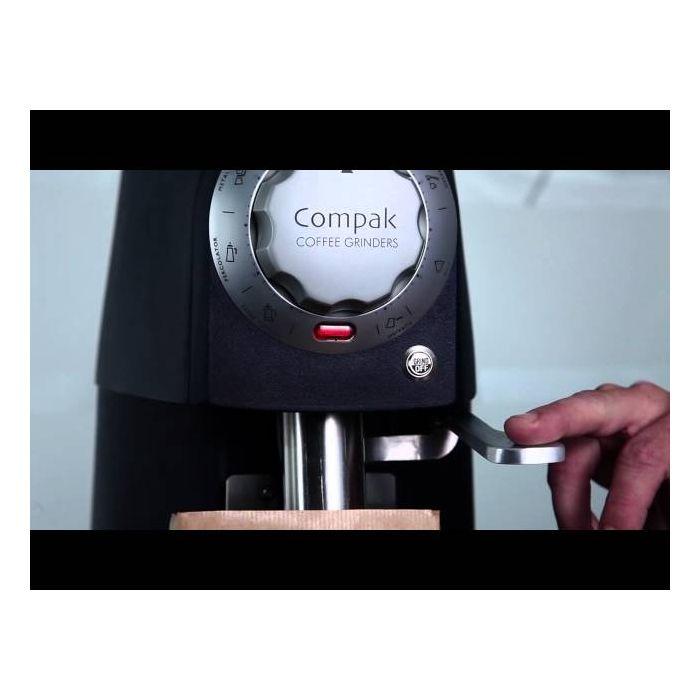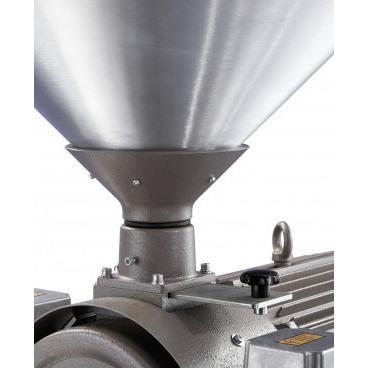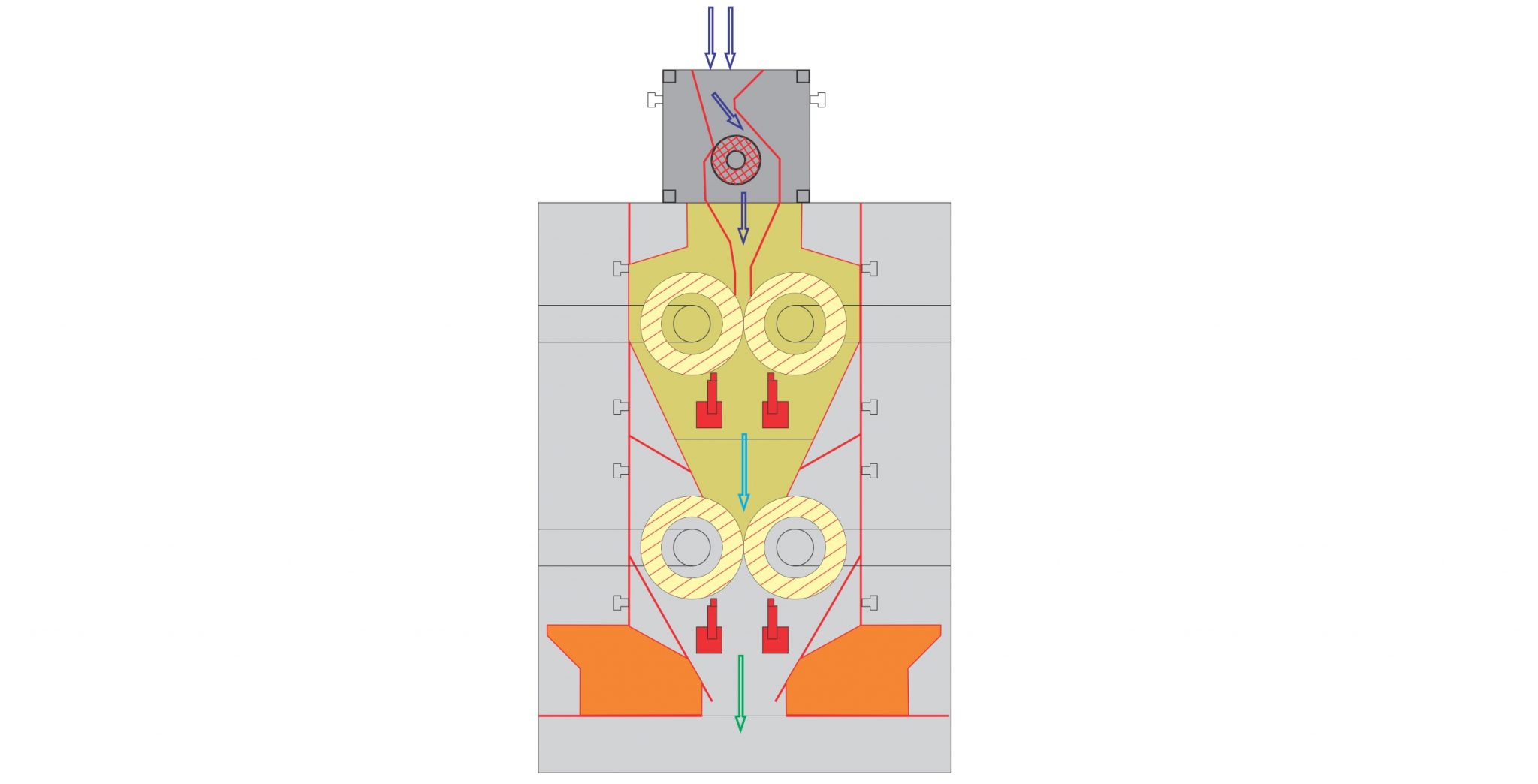Industrial Coffee Grinder Buying Guide for Serious Baristas
Exactly How to Select the Perfect Industrial Coffee Grinder for Your Business
Choosing the excellent industrial coffee mill for your service is a complex choice that requires cautious factor to consider of a number of critical variables. It is vital to review your specific grinding demands, consisting of the quantity of coffee processed and the preferred work uniformity, as these aspects directly affect flavor and client fulfillment. Additionally, understanding the various kinds of mills available can dramatically influence your functional effectiveness. As you browse these considerations, one need to also evaluate the effects of spending plan and upkeep. What other aspects could make or damage your option?
Assess Your Grinding Needs
When picking an industrial coffee mill, one should first examine their grinding requirements to guarantee optimum performance and uniformity. This first assessment involves comprehending the quantity of coffee to be processed daily, as well as the preferred work size for various brewing techniques. A high-capacity mill might be necessary for services offering large amounts of coffee, while smaller operations may find an extra compact model enough.
Furthermore, it is vital to take into consideration the kinds of coffee beans being utilized, as different beans may call for details grinding strategies to achieve the very best flavor profile. Oily beans could require a grinder made to deal with such features without clumping or overheating.
Specialized coffee services usually require specific grind sizes to boost extraction and taste, making it important to pick a grinder that can deliver consistent results. Examining the available area and electric needs will help in picking a grinder that fits effortlessly right into your operational process.
Understand Mill Kind
Recognizing the various sorts of commercial coffee grinders is essential for making an informed selection that meets specific operational needs. There are primarily 2 categories of grinders: blade mills and burr grinders.
Blade grinders utilize spinning blades to cut the coffee beans, leading to an inconsistent work dimension - Industrial Coffee Grinder. While they might be much more inexpensive, they are typically not ideal for business applications where precision is crucial
On the various other hand, burr grinders provide an extra consistent work by squashing the beans in between two surface areas. They can be additional classified into flat burr and conelike burr grinders. Flat burr mills provide a constant work dimension and are normally favored for espresso prep work, while conical burr mills are flexible and can take care of a variety of brew methods, from espresso to French press.
When picking a grinder, consider the details needs of your service, including preferred grind consistency, manufacturing volume, and the sorts of coffee drinks you prepare to provide - Industrial Coffee Grinder. Each grinder type has its benefits and restrictions, so comprehending these subtleties allows notified decision-making that straightens with functional goals
Evaluate Work Size Consistency
Accomplishing work size uniformity is crucial for creating top notch coffee, as variations in particle size can considerably influence extraction and flavor. When picking an industrial coffee mill, it is vital to assess just how well the equipment maintains uniformity in grind size throughout various sets. Inconsistent grind dimensions can lead to unequal extraction, leading to a mug that may taste weak or overly bitter.
To assess work size uniformity, take into consideration grinders with features such as adjustable grind setups and premium burrs. Burr grinders, in particular, excel in creating uniform fragment sizes compared to click to read blade grinders. The material and shape of the burrs play an important duty, with stainless-steel and ceramic alternatives offering resilience and accuracy.

Think About Manufacturing Ability
In the busy globe of coffee manufacturing, thinking about production capacity is paramount for organizations intending to satisfy demand without giving up top quality. The production capacity of an industrial coffee grinder directly influences a business's capability to accomplish orders efficiently, take care of supply, and react to rising and fall market patterns.
When assessing production ability, it is vital to review the grinder's output price, commonly determined in extra pounds per hour. This measurement should line up with your company's projected sales quantity and growth targets. A café with a high turnover may require a mill that can process a number of hundred extra pounds daily, while a smaller sized operation may be adequate with a reduced capacity design.
In addition, think about the kind of coffee being refined. Different beans and blends might affect grinding rate and performance, necessitating a mill qualified of dealing with diverse production needs. It's see also worth factoring in the grinder's capacity to maintain regular top quality under high output conditions, as any type of fluctuations can affect the last item.
Ultimately, selecting a grinder that matches your service's production ability will certainly ensure you continue to be responsive and affordable to customer expectations.

Budget and Upkeep Aspects
When examining the best industrial coffee maintenance, budget and grinder elements play a significant duty in the general decision-making procedure,. An initial financial investment in a high-grade mill can generate lasting benefits, however it's vital to establish a clear spending plan that lines up with your organization's functional needs. Take into consideration both the acquisition cost and prospective functional costs, such as power intake and substitute components.
Industrial coffee mills need normal maintenance to ensure optimal efficiency and long life. Examine the supplier's suggestions for maintenance, consisting of cleansing schedules and components replacement, as these will certainly affect long-term operational expenses.

Buying a mill that is durable yet easy to keep can conserve cash over time. While lower-priced options may be alluring, they might sustain greater upkeep expenses and minimized efficiency. Ultimately, stabilizing initial prices with lasting upkeep and functional performance will guide you to the best choice for your business's straight from the source coffee grinding demands.
Verdict
Selecting the optimal commercial coffee grinder necessitates an extensive analysis of grinding needs, grinder kinds, grind size consistency, manufacturing capacity, and budgetary factors to consider. By focusing on these variables, services can guarantee the acquisition of a dependable, reliable mill that fulfills certain operational demands. An appropriate mill not just boosts the top quality of the coffee generated however likewise adds to the general success and profitability of the venture. Long-term efficiency and upkeep simplicity must remain central to the decision-making process.
Specialized coffee companies frequently require accurate grind dimensions to enhance removal and flavor, making it vital to pick a mill that can provide uniform results. Apartment burr grinders provide a constant grind dimension and are generally favored for espresso preparation, while conical burr grinders are functional and can handle a variety of brew techniques, from coffee to French press.
When choosing a commercial coffee grinder, it is vital to review exactly how well the equipment preserves uniformity in work size across various batches. Burr grinders, in particular, succeed in creating consistent fragment dimensions compared to blade grinders.Selecting the perfect industrial coffee mill demands a detailed analysis of grinding demands, mill types, grind size consistency, production capacity, and budgetary considerations.